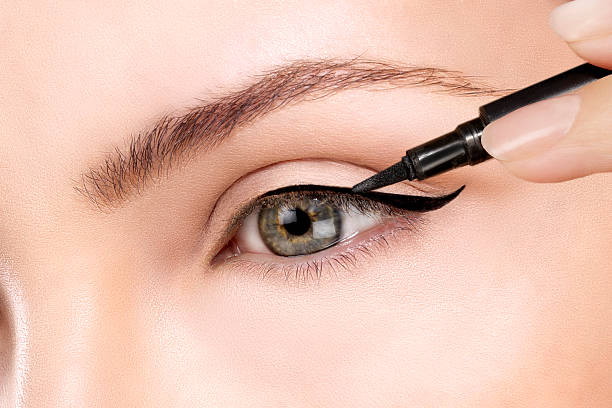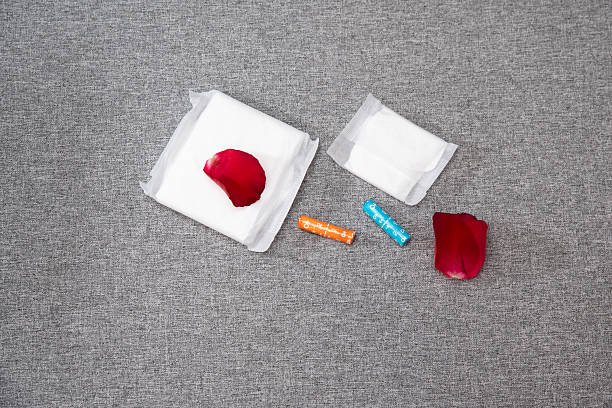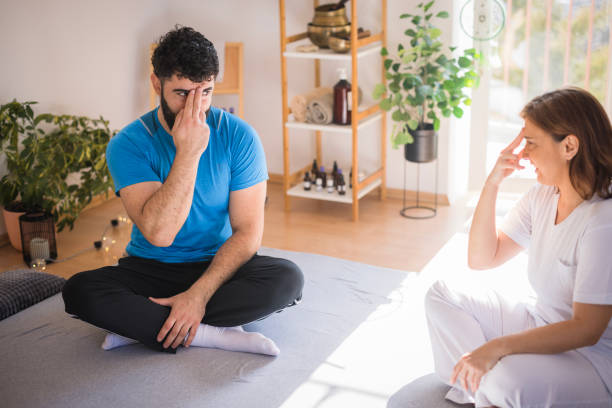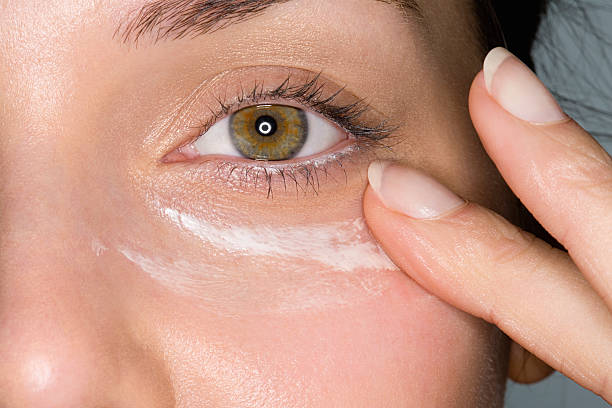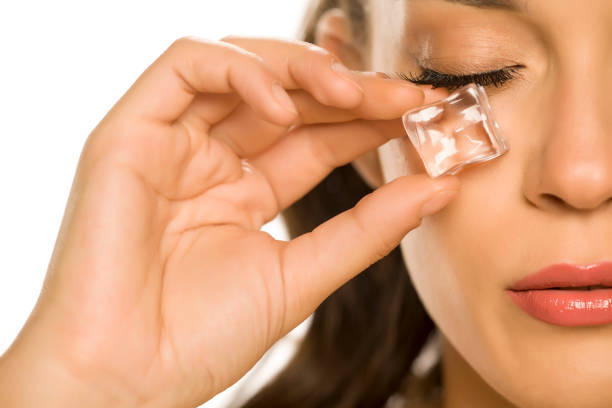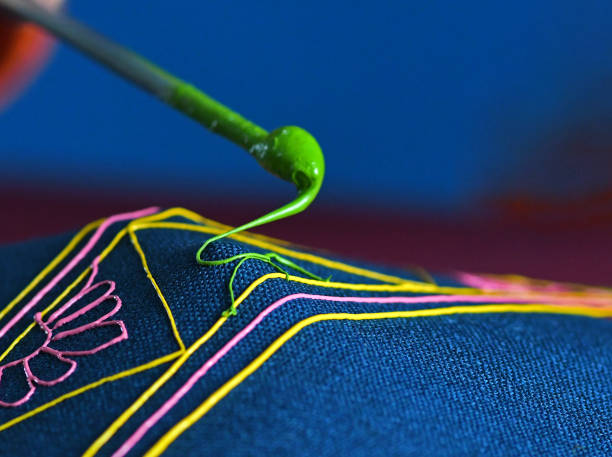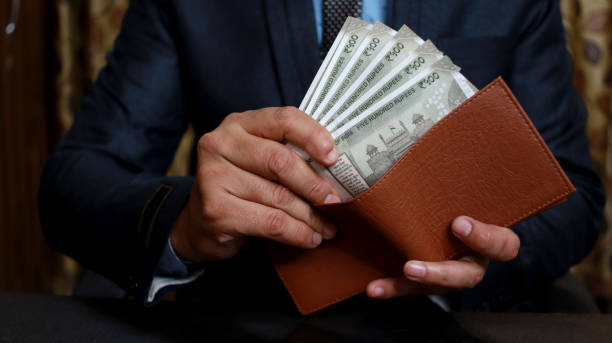Stop Hair Loss: 7 Home Remedies
Unleash your inner Rapunzel with these potent DIY hair heroes
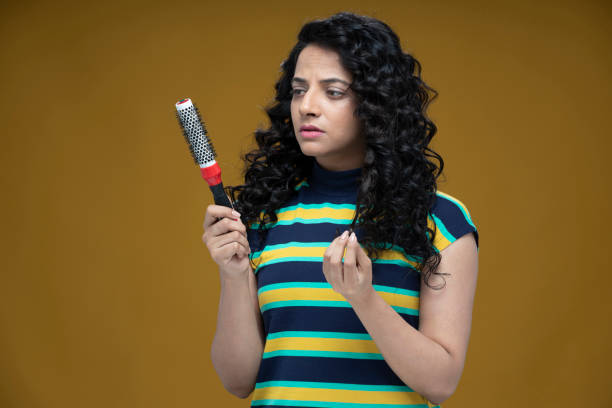
The following seven natural solutions could help reduce hair loss:
Massage with Coconut Oil: Nutrients included in coconut oil support healthy hair follicles and the scalp. Before washing your hair, gently massage heated coconut oil into your scalp for 15 to 20 minutes. 
2. The Gel of Aloe Vera: Aloe vera's calming and anti-inflammatory qualities can ease inflamed scalps and encourage the growth of new hair. Before you rinse, apply aloe vera gel directly to your scalp and let it sit for half an hour.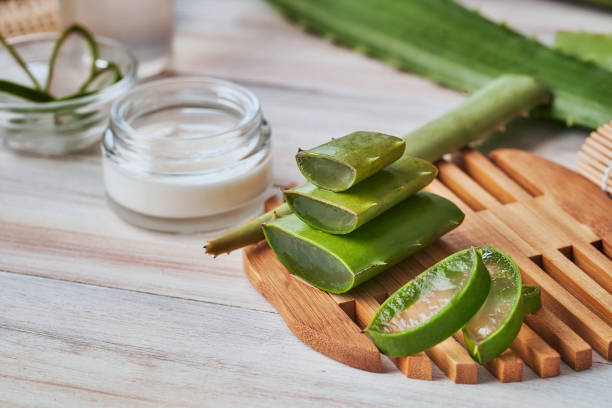
3. Juice from onions: Sulfur, which is found in onion juice, can increase the formation of collagen and enhance blood flow to the scalp. Before shampooing, apply onion juice to your scalp and let it sit for 15 to 30 minutes. 
4. Methi, or fenugreek seeds: Rich in protein and nicotinic acid, fenugreek seeds can fortify hair follicles and encourage growth. Fenugreek seeds should be soaked overnight, ground into a paste, and then applied to the scalp and hair. 
5. Leaves of Curry: Curry leaves help nourish the scalp and stop hair loss because they are rich in minerals and antioxidants. Bring curry leaves to a boil, then rinse your hair with the cooled water.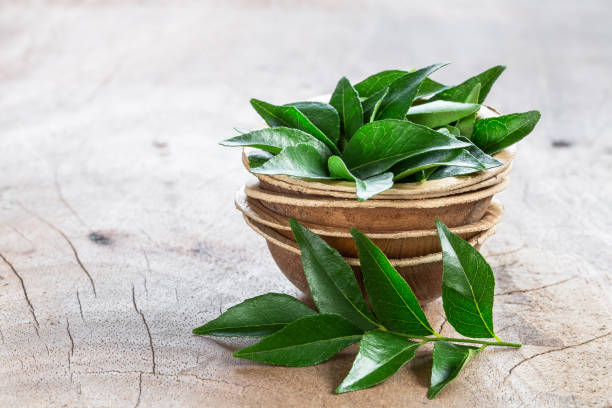
6. Green Tea: Antioxidants included in green tea may shield hair follicles from harm. Before you rinse, apply cooled green tea to your hair and scalp and let it sit for half an hour.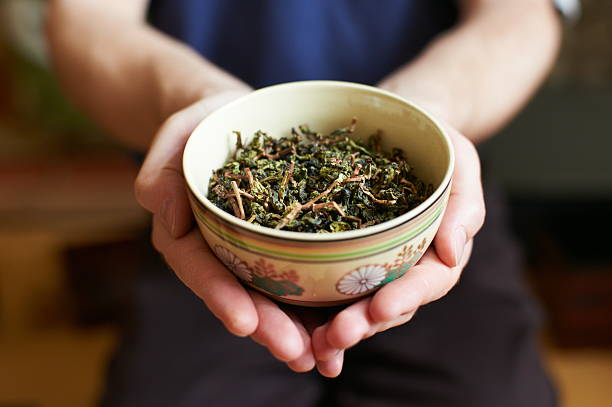
7. A nutritious diet: Healthy hair development requires a well-balanced diet high in protein, vitamins, and minerals. Eat a diet rich in fruits, vegetables, nuts, fish, and eggs.
Warning: While some people may benefit from using home cures, outcomes may differ. To rule out any underlying medical concerns, it is crucial to see a doctor or dermatologist if you are suffering considerable hair loss.
**Note:** Before using any new cure on your scalp, always perform a patch test on a tiny section of skin to rule out any adverse reactions.







































